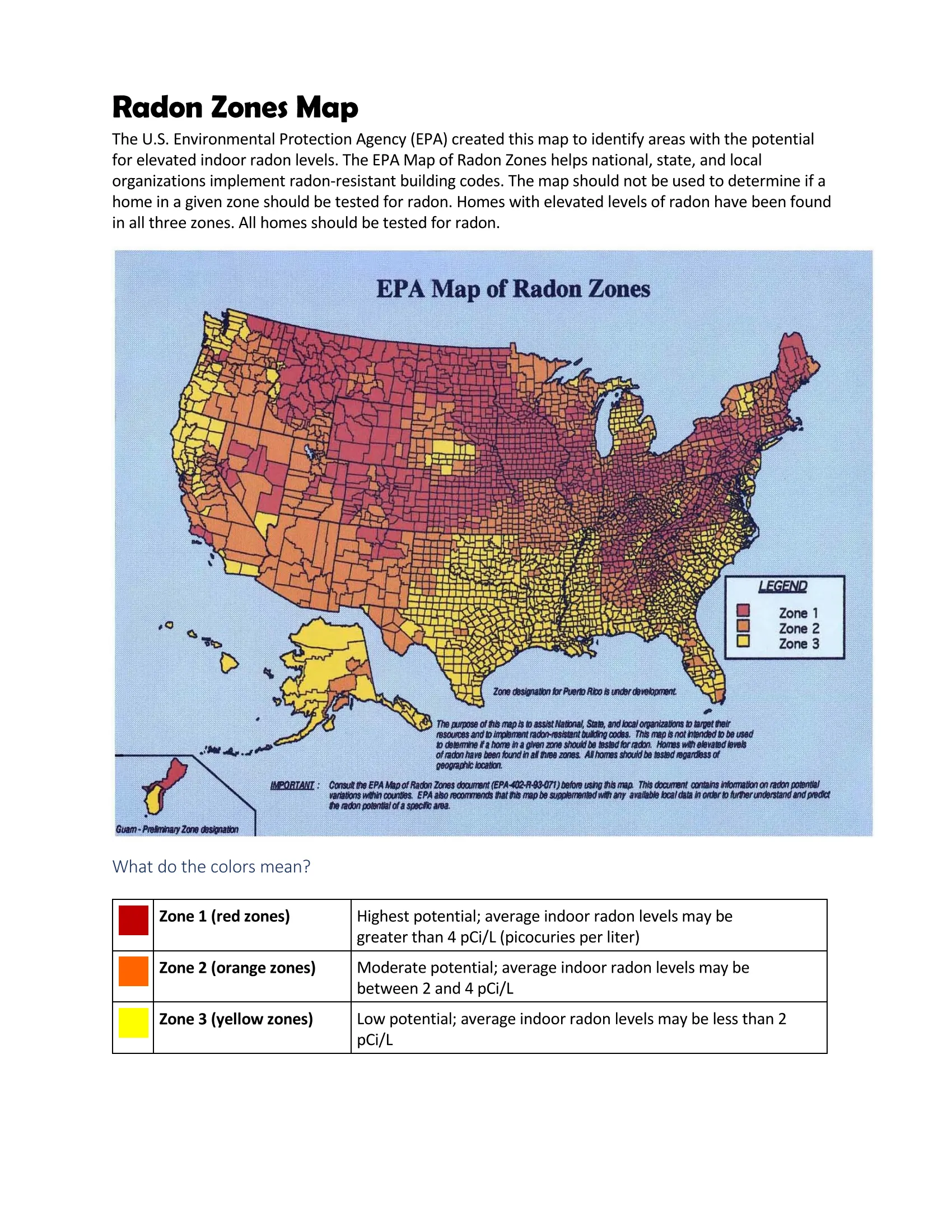Fast, Dependable Results when it Matters the Most
Radon is a colorless, odorless, radioactive gas that can accumulate in homes and buildings—especially in basements or crawlspaces. It’s a major cause of lung cancer in non-smokers, and the only way to detect it is with specialized testing.
Schedule Your Asbestos Testing in Lakewood Today!
What Is a Radon Inspection?
A radon inspection involves placing a measurement device—usually in the lowest livable level of the property—for 2 to 7 days. Once the test is complete, samples are sent to a lab or analyzed on-site using calibrated digital equipment.
If results come back above the EPA action level of 4.0 pCi/L (picocuries per liter), follow-up testing or mitigation may be needed.
Do I Need a Radon Test in Colorado?
Yes. Radon is naturally occurring throughout Colorado, and levels can vary drastically—even between neighboring homes. Testing is recommended for:
- Property buyers (residential or commercial)
- Rental property inspections (Denver’s licensing program)
- Daycares, schools, or elder care facilities
- Post-renovation or foundation work
- Homes with basements or crawlspaces
- Properties in high-risk zones (EPA Zone 1)
Even if not legally required, a radon inspection is a low-cost, high-impact safety check.
Why Radon Testing Matters
- Radon exposure is linked to lung cancer and respiratory damage
- You can’t smell, taste, or see radon—testing is the only way to detect it
- Children, elderly, and immunocompromised individuals are most at risk
- Radon levels can fluctuate seasonally or after construction work
- Results can affect real estate transactions, mortgage underwriting, or tenant compliance
What Happens if Radon Levels Are High?
If initial testing shows radon levels above 4.0 pCi/L:
- We’ll recommend a follow-up test (to confirm results)
- If still high, you’ll need a radon mitigation system
- We can refer you to licensed radon mitigation contractors
- After mitigation, we retest to verify that radon levels are reduced to safe levels
Mitigation systems typically use sub-slab depressurization—a fan system that pulls radon from under the house and vents it outside.
How EnvioCore Can Help
- 🔍 Certified radon inspectors using EPA-approved methods
- 🕒 Short-term and long-term tests (2–7 days or 90+ days)
- 📄 Clear reports with EPA action levels, results, and next steps
- 🏠 Single homes, multi-family units, and commercial buildings
- 🔧 Post-mitigation testing for final clearance
- 💨 Optional indoor air quality testing (mold, VOCs, particulates)
How the Process Works
1. Schedule Your Test: We choose strategic test locations (typically basement or first floor).
2. Place the Device: A passive canister or active monitor runs for 2–7 days.
3. Retrieve & Analyze: We collect the sample and send it to an accredited lab (or use digital results).
4. Receive Your Report: You’ll get a written summary of findings with EPA thresholds and recommendations.
Preparing for Your Radon Test
To ensure accurate results:
- Avoid opening windows or running fans near test areas
- Don’t move or disturb the testing device
- Inform us of any recent foundation work or flooding
EPA Radon Map of the USA

Radon Testing FAQs
Yes. It’s the second-leading cause of lung cancer in the U.S. after smoking.
We recommend testing every 2 years—even with a system in place.
You can, but professional testing is faster, more accurate, and often required for real estate or compliance purposes.
Yes. New homes can still have radon issues—especially those with tight seals and poor ventilation.
Conclusion
EnvioCore can make sure you are safe in your Home! EnvioCore is dedicated to providing affordable radon testing services without sacrificing quality. We believe that everyone should have access to accurate and reliable testing, and we strive to make our services as accessible as possible to all customers. If you want reliable, accurate, and affordable radon testing services, EnvioCore is the company for you.
Contact us today to learn more about how we can help you!

